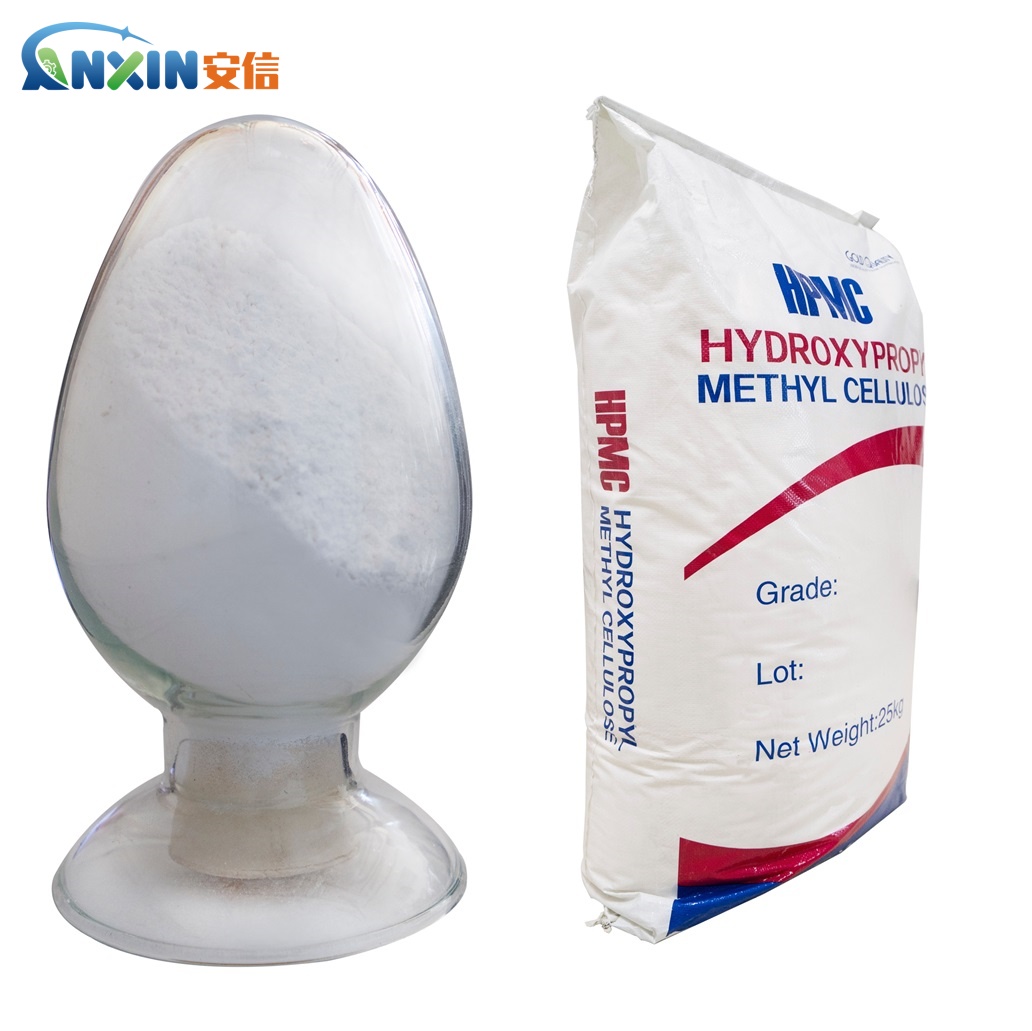At what pH is HPMC soluble
Hydroxypropyl methylcellulose (HPMC) is a commonly used polymer in pharmaceuticals, cosmetics, and food products. Its solubility depends on various factors, including pH. Generally, HPMC is soluble in both acidic and alkaline conditions, but its solubility can vary based on the degree of substitution (DS) and molecular weight (MW) of the polymer.
In acidic conditions, HPMC typically exhibits good solubility due to the protonation of its hydroxyl groups, which enhances its hydration and dispersibility. The solubility of HPMC tends to increase as the pH decreases below its pKa, which is around 3.5–4.5 depending on the degree of substitution.
Conversely, in alkaline conditions, HPMC can also be soluble, especially at higher pH values. At alkaline pH, deprotonation of the hydroxyl groups occurs, leading to increased solubility through hydrogen bonding with water molecules.
However, it’s important to note that the exact pH at which HPMC becomes soluble can vary based on the specific grade of HPMC, its degree of substitution, and its molecular weight. Typically, HPMC grades with higher degrees of substitution and lower molecular weights exhibit better solubility at lower pH values.
In pharmaceutical formulations, HPMC is often used as a film former, thickener, or stabilizer. Its solubility characteristics are crucial for controlling drug release profiles, viscosity of formulations, and stability of emulsions or suspensions.
while HPMC is generally soluble over a wide pH range, its solubility behavior can be fine-tuned by adjusting the pH of the solution and selecting the appropriate grade of HPMC based on the desired application.
Post time: Apr-15-2024
